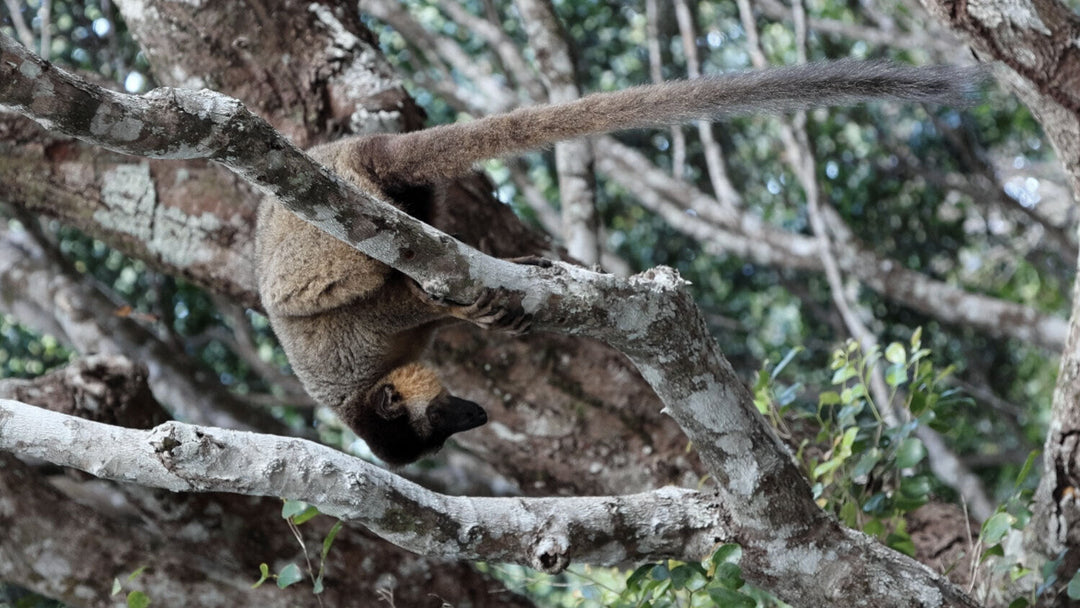Avoid These 5 Common Mistakes When Using Trail Cameras
Trail cameras have revolutionised the way we observe and study wildlife.
However, like any piece of wildlife monitoring technology, trail cameras require careful handling and attention to detail to ensure optimal and reliable results. In this article, we will explore five common mistakes that people often make when using trail cameras and provide practical tips on how to avoid them. By implementing these recommendations, you can maximise the effectiveness of your camera trap setups.
1. Neglecting Proper Camera Placement
One of the most crucial aspects of trail camera usage is placing the camera in the right location. Many users make the mistake of overlooking the significance of proper camera placement. To capture the desired footage, it's essential to select strategic spots that offer high wildlife activity. Look for signs of animal tracks, trails, or feeding areas. Aim to position the camera at a suitable height and angle to get the best view of the target area.
To learn more about perfecting trail camera placement, click here to check out our dedicated guide.

NatureSpy Ursus trail camera, set up and ready to go!
2. Forgetting to Test the Camera Settings
Before deploying your trail camera in the field, it is essential to test and adjust the camera settings. Neglecting this step can lead to disappointing results. Take the time to familiarise yourself with the camera's features and settings, such as video resolution, video length, trigger delay, and trigger speed. Ensure that the camera is set to the appropriate mode, whether it's photo, video, or time-lapse. Testing the camera in different conditions will allow you to fine-tune the settings for optimal performance.
To learn more about how trail cameras work and master your trail camera's settings, check out this guide.

Adjusting the settings on a Browning camera trap
3. Overlooking Battery Life Management
Battery life is a vital consideration when using trail cameras, yet it's often overlooked. Running out of battery power can be frustrating, resulting in missed opportunities to capture wildlife activity. Worse still, using the wrong kind of batteries can result in a camera failing to work at all. To avoid this, opt for high-quality, long-lasting batteries and choose a type that is compatible with your camera. It's also recommended to carry spare batteries and change them regularly, especially during extended periods of camera use. By managing battery usage effectively, you can ensure your trail camera remains operational for extended periods.
Batteries and trail cameras can be a complicated topic, but fear not, we’ve produced a guide that answers the most important questions!

Energizer Ultimate Lithium AA batteries are a popular and reliable choice for most trail cameras
4. Improper Maintenance and Care
Trail cameras are designed to withstand harsh outdoor conditions, but they still require routine maintenance and care. Many users make the mistake of neglecting this aspect, leading to reduced camera performance and potentially costly repairs. It's essential to clean the camera lens regularly to prevent dust or debris from affecting image quality. In areas of high humidity or regular rainfall, moisture can accumulate inside a camera that is left out for prolonged periods. This is usually easily fixed by collecting the camera in once or twice per year and letting it dry out indoors for several days, with the SD card and batteries removed and any compartments unclipped and open.
We’ve produced a dedicated guide on routine trail camera maintenance to help you keep your camera running effectively.

Cleaning a trail camera lens with a microfibre cloth
5. Insufficient Data Management
Managing the data captured by your trail camera is often underestimated, leading to disorganised files and difficulty in locating specific footage. To avoid this mistake, establish a systematic approach to data management. Organise your files in a logical folder structure and label them appropriately. Consider using a memory card with a large capacity and high transfer speed to accommodate the volume of data captured. Regularly transfer the data to a computer or external storage device, and create backups to prevent accidental loss. Efficient data management allows for easy retrieval and analysis of wildlife footage, enabling you to make the most of your trail camera's potential.
Bonus tip: To keep your memory card and camera working effectively, format the memory card regularly. In most trail cameras this can be carried out in the settings (e.g. Browning, Bushnell), yet some require formatting to be carried out on a computer (e.g. SpyPoint).
Check out our 9 Top Tips for Managing Trail Camera Data. If you’d like to learn more about SD cards for trail cameras, check out our dedicated guide covering SD card choice, maintenance and troubleshooting.

32GB SD cards are a popular choice for many trail camera users
In summary, when using trail cameras, avoiding these 5 common mistakes is key to achieving reliable results. By placing your trail camera strategically, testing and adjusting settings, managing battery life, maintaining the camera, and implementing effective data management, you can maximise the potential of your trail camera and make sure you don’t miss those magical wildlife moments. With a little attention to detail, trail cameras can be effective and versatile wildlife monitoring tools. So, equip yourself with these tips, head out into the field, and unlock the captivating world of wildlife photography and observation with your trail camera.
Happy camera trapping!


